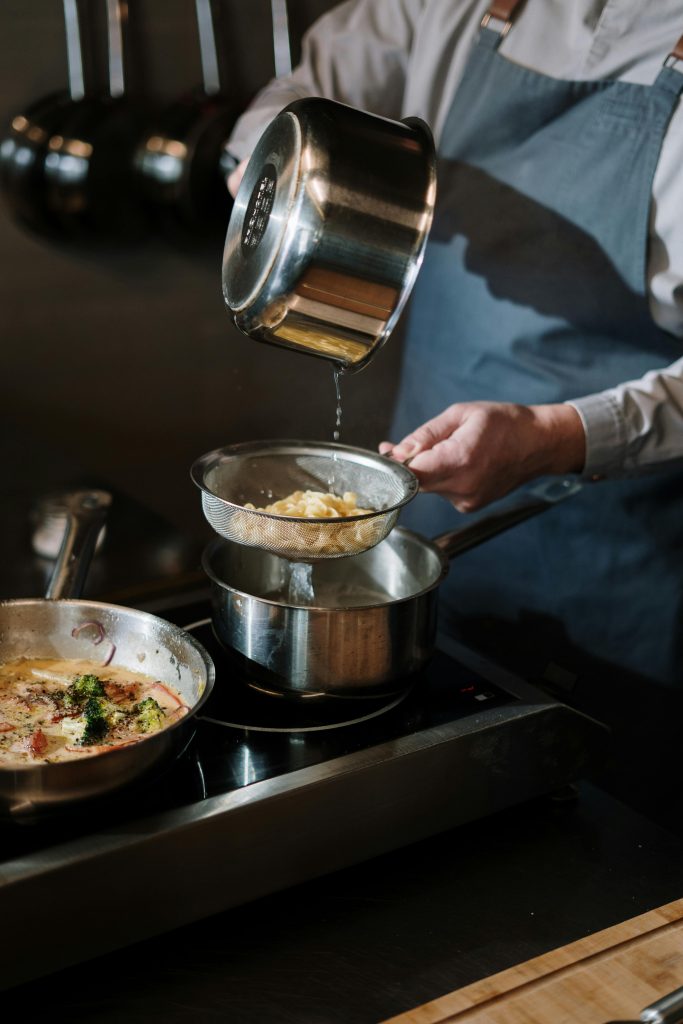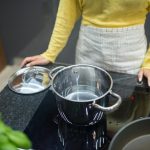
🧑🍳 How to Cook with an Induction Cooker: A Beginner’s Guide
Induction cooking may feel mysterious at first, but once you understand the basics, it’s fast, precise, and energy-efficient. If you’re deciding between a gas/electric stove or planning to switch to induction, this guide will help you get cooking confidently.
⚙️ What Is Induction Cooking?
Induction cooktops use magnetic fields to directly heat ferromagnetic cookware (like cast iron or magnetic stainless steel). Because the heat is generated within the pan, the cooktop surface remains relatively cool. This method offers fast heating, precise temperature control, and easy cleanup.
🍳 What You’ll Need
| Item | Why It’s Important |
|---|---|
| Induction-compatible cookware | Test with a magnet—if it sticks, it works |
| Clean pans | Dirt or grease on the base disrupts even heating |
| Access to manual | Learn your cooktop’s specific functions |
✅ What to Do When Cooking
- Read the manual carefully.
Each cooktop has unique features like “Instant Heat” or preset modes such as “Boil” and “Simmer.” - Use induction-ready cookware.
If your magnet sticks to the pot’s bottom, you’re good to go. - Clean spills promptly.
Spills can burn and damage the glass surface. - Align cookware correctly.
Ensure pans fit the heating zone to promote uniform cooking. - Use appropriate heat settings.
Use presets for common tasks—you’ll reduce guesswork and improve timing.
🚫 What Not to Do
- Don’t leave food unattended—induction cooks quickly.
- Avoid warped or dished cookware—they may disrupt heating.
- Refrain from placing hot pans over control panels.
- Never use the cooktop as a resting surface for utensils.
- Avoid high-pressure or steam cleaners—these can penetrate seals and damage electronics.
💡 Smart Cooking Tricks
- Boil detection: Many induction cooktops shut off automatically if water boils away.
- Error display: Cooktop will alert you if cookware is incompatible.
- Instant control: Use instant-heat settings or set your desired temperature for maximum precision.
❓ FAQ – Induction Cooking Explained
Q1: Can I use my old pots on induction?
A: Test with a fridge magnet—if it sticks to the bottom, it’s induction-compatible.
Q2: Why is my cooktop surface still cool?
A: That’s because induction heats the cookware, not the cooktop itself. The surface warms only via residual heat from the pan.
Q3: Will spilled food damage the cooktop?
A: Yes, sugary spills can burn into the surface. Wait until it’s cool before cleaning with a soft cloth.
Q4: Can induction cooktops cook everything?
A: Yes—stir-fries, soups, and even delicate simmering. Just choose the right heat level or preset function.
🧾 Final Takeaway
Cooking on an induction cooker is fast, safe, and precise—once you’ve got the right tools and a few smart habits. Keep your cookware clean, follow the manual, and experiment with presets to master cooking on an induction stove. Your kitchen just got smarter and more efficient!

Leave a Reply
You must be logged in to post a comment.